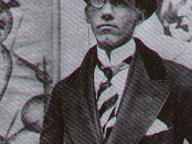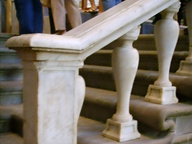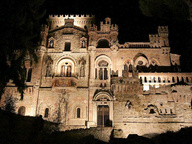Futuruins
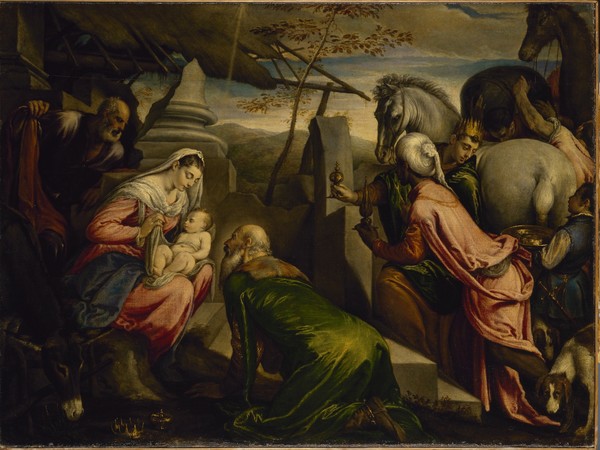
From 19 Dicembre 2018 to 24 Marzo 2019
Venice
Place: Palazzo Fortuny
Address: San Marco 3958
Times: Wed - Mon 10 am - 6 pm | Ticket Office 10 am - 5 pm | Tue closed
Responsibles: Daniela Ferretti, Dimitri Ozerkov, con Dario Dalla Lana
Organizers:
- Museo Statale Ermitage - San Pietroburgo in collaborazione con Ermitage Italia
Ticket price: Full 10 € | Reduced 8 € | Free Children from 0 to 5 Disabled with accompanying guide Enabled tourist guides accompanying groups or individual visitors Individuals (max. 2) accompanying groups of children and students Individuals (max. 1) accompanying groups of adults Ordinary MUVE partners Holders Art pass Fondazione Venetian Heritage
Telefono per informazioni: +39 041 5200995
E-Mail info: fortuny@fmcvenezia.it
Official site: http://fortuny.visitmuve.it
SCARICA IL COMUNICATO IN PDF

-
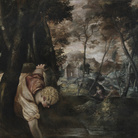 Dal 22 febbraio 2025 al 29 giugno 2025
Forlì | Museo Civico San Domenico
Dal 22 febbraio 2025 al 29 giugno 2025
Forlì | Museo Civico San Domenico
-
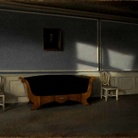 Dal 21 febbraio 2025 al 29 giugno 2025
Rovigo | Palazzo Roverella
Dal 21 febbraio 2025 al 29 giugno 2025
Rovigo | Palazzo Roverella
-
 Dal 21 febbraio 2025 al 27 aprile 2025
Roma | Palazzo Doria Pamphilj
Dal 21 febbraio 2025 al 27 aprile 2025
Roma | Palazzo Doria Pamphilj
-
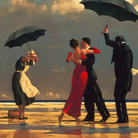 Dal 26 febbraio 2025 al 20 luglio 2025
Bologna | Palazzo Pallavicini
Dal 26 febbraio 2025 al 20 luglio 2025
Bologna | Palazzo Pallavicini
-
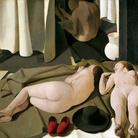 Dal 15 febbraio 2025 al 29 giugno 2025
Milano | Palazzo Reale
Dal 15 febbraio 2025 al 29 giugno 2025
Milano | Palazzo Reale
-
 Dal 14 febbraio 2025 al 14 settembre 2025
Roma | Chiostro del Bramante
Dal 14 febbraio 2025 al 14 settembre 2025
Roma | Chiostro del Bramante
